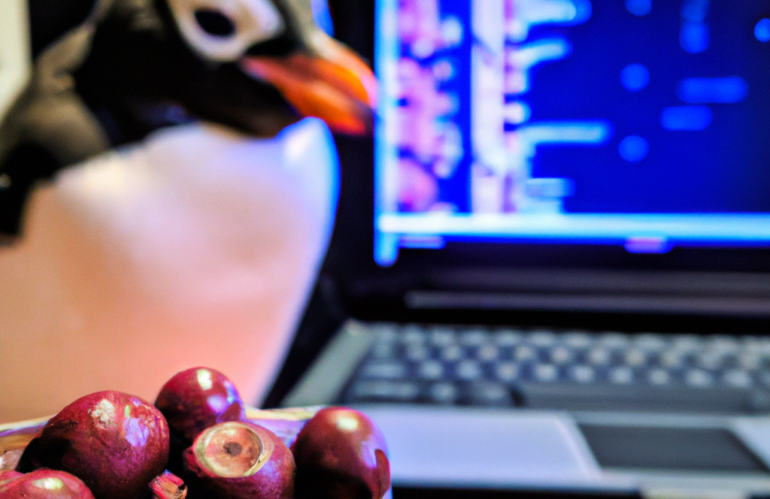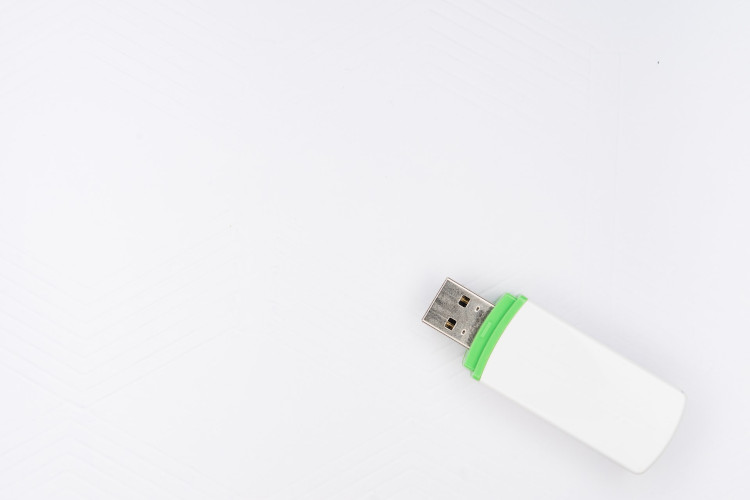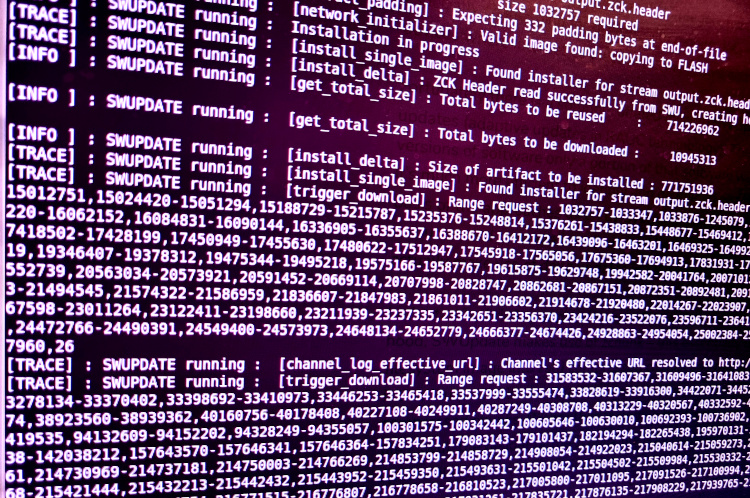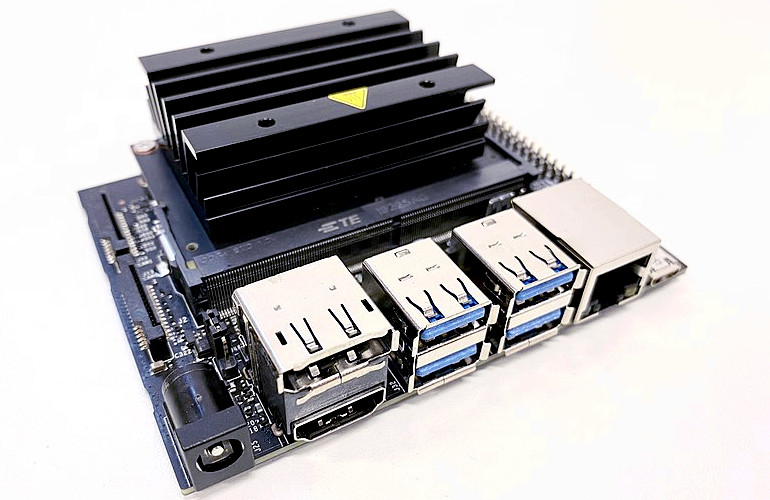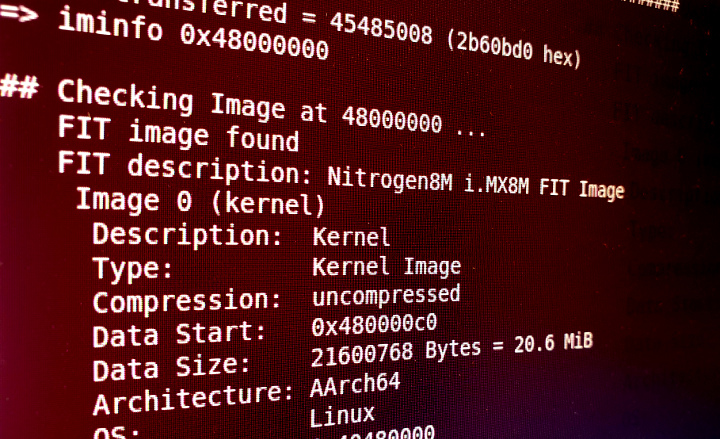Any software expected to have a long lifetime will require maintenance which in turn means that you need to be able to build the software again in the future. So how can you ensure that in 10 years time that you will even have a system that is capable of running today’s build system? How …
Category: Yocto
Handling Security Vulnerabilities in Yocto Scarthgap
The latest Long Term Support (LTS) version of Yocto was released last month with the code name “Scarthgap” – presumably named after a mountain pass in the Lake District national park. It promises 4 years of support, meaning regular point releases with security and bug fixes. In the context of increasing regulatory requirements for cyber …
Everything you ought to know (and more) about Yocto’s SDK and Extensible SDK (eSDK)
Yocto is so widely used because of the many benefits it provides to engineers that wish to build customised Linux distributions. However, it does have pain points. One such pain point relates to the difficulty of getting a Yocto development environment setup in the first place – this often involves using third-party tools such as …
Linux Yocto layer for the ARM Morello board
We have recently developed and now maintain the meta-morello Yocto layer for ARM’s Morello board which has now became part of the official software stack. The layer is capable of providing the firmware image that goes on the SD card and a bootable image with Linux that goes on the USB stick, these two images …
Self-installing Yocto Image from a USB drive
We are all familiar with the process of installing a desktop operating system onto a PC; simply insert the installation media, typically a USB stick, and boot the device. A minimal version of the OS then runs to perform the process of partitioning discs and installing the full OS. Yocto also has the ability to …
ARM Morello with Linux
ARM has recently made their Morello development on the Linux kernel public and since we are lucky enough to have access to the Morello board we decided to give this a spin. This is in contrast to our last blog post which used an Android stack and ran in a simulator. Kernel development in the …
Delta OTA Update with SWUpdate
With the complexity and dependence on software ever growing, it’s crucial to be able to perform over-the-air (OTA) updates to devices to provide fixes, features and patches for security vulnerabilities. However, a combination of cheap storage and complex software stacks has resulted in an increase in the size of software distributions thus requiring devices to …
Improving Yocto Build Time
Yocto is an excellent distribution builder, however building any Linux distribution from scratch is resource intensive and may take a frustrating long time. This blog posts examines some of the most common techniques that can be used to reduce build times (and resource use). Downloads During a build, bitbake fetches source code from the internet …
Diving into the NVIDIA Jetson Nano Boot Process
The NVIDIA Jetson has become one of the platforms of choice for experimenting with Vision based AI, Robotics, Machine learning and a host of other subjects. It’s marriage of high performance Arm cores with NVIDIA’s own advanced GPU engines makes it both incredibly powerful and very accessible. The Jetson Nano Developer Kit is one of …
Flattened uImage Tree (FIT) Images
You’re probably familiar with the steps required to boot Linux from U-Boot: you first load several binaries into memory, perhaps a device tree, a kernel, maybe even an initrd. You then invoke a command such as bootm or booti with arguments providing memory addresses for the binaries you’ve just loaded. However there is a much …



